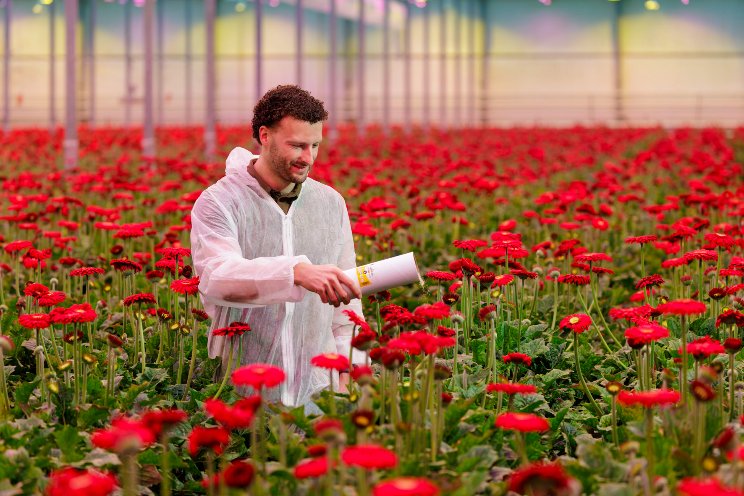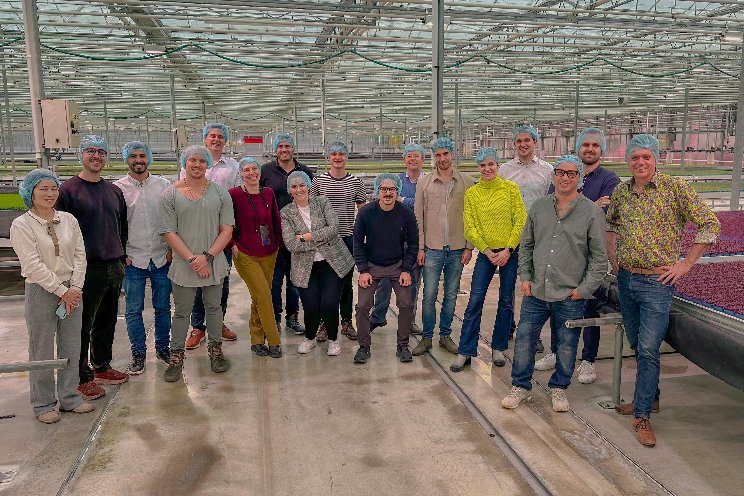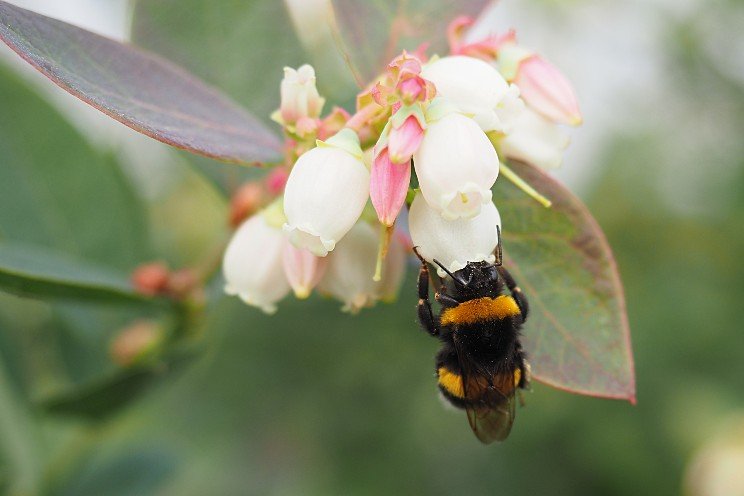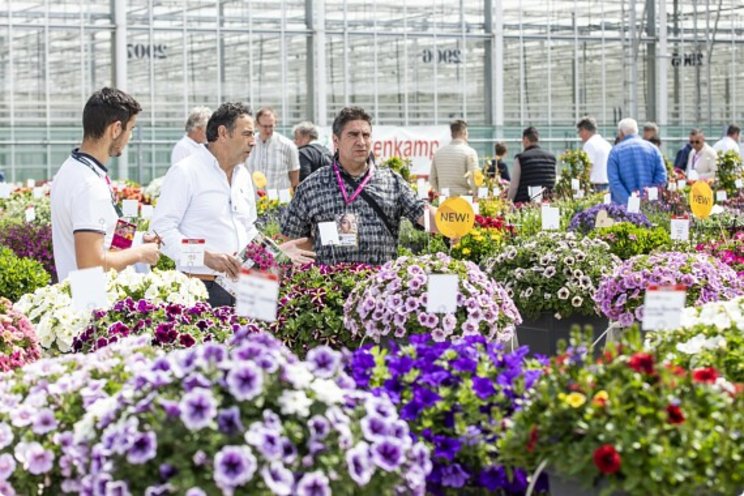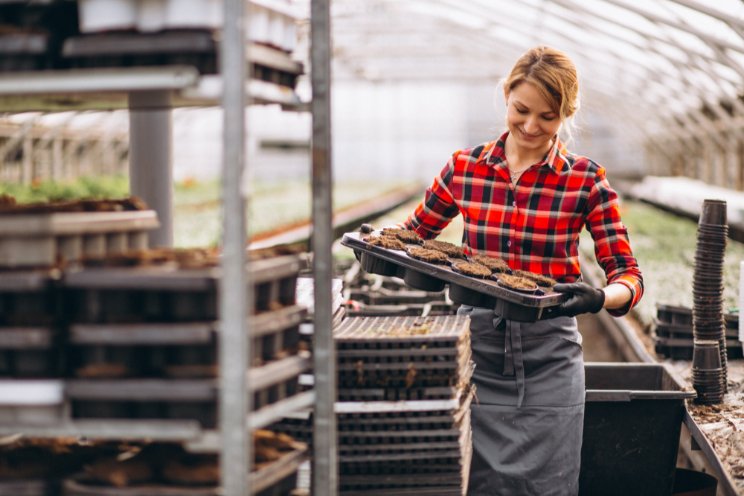CEA industry: What’s in store?
Added on 26 July 2023
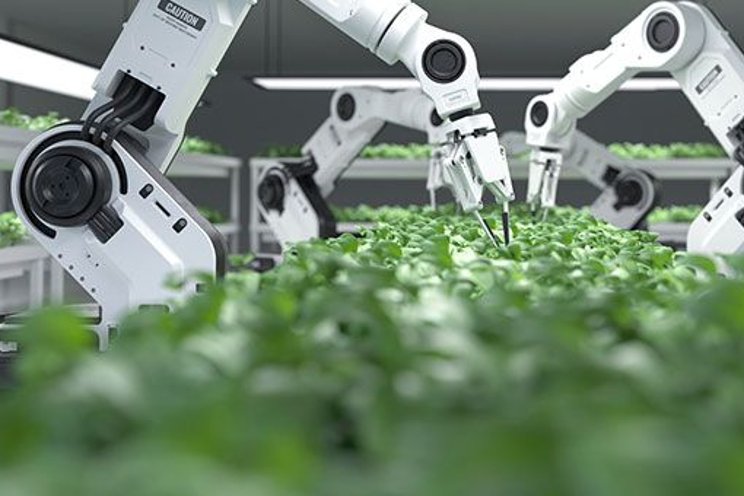
As we put the unprecedented challenges of 2022 behind us, what lies in store for indoor farming in 2023? LST looks at four of the factors set to drive industry trends in the year ahead.
1. Reduced scale, more profitability
Rising energy costs and record inflation rates have placed a squeeze on growers’ pockets, forcing a shift in approach to indoor farming as we head into the new year. While controlled environment agriculture’s (CEA) prospects at the start of 2023 are perhaps slightly different to what they were 12 months ago, the long-term outlook and the overriding benefits of indoor farming – including vertical farming, glasshouses and polytunnels – remain strong. The CEA market is estimated to reach $172 billion in 2027, registering a compound annual growth rate (CAGR) of 18.7% until then.
The industry will need to weather the challenges of the recession and economic slowdown in the perceived short-term, while still focusing on the bigger picture of climate change, as we seek to establish a more sustainable way of farming and producing food to feed a growing population. While the year ahead will encounter further economic uncertainty, it is important that we don’t lose sight of the urgent priorities of food security and cutting carbon emissions through food production. Indoor farming is a critical part of the future which we must implement now.
The prospects for 2023 are likely to call for the adoption of a strategy shift by indoor growers, one which will involve minimising costs by scaling down their business models to focus more on profitability.
2. The rise of the robots
Digital innovation is revolutionising agriculture, and technology’s critical role in the sector will come more to the fore in 2023 to boost efficiency.
The far-reaching impact of manual labour shortage post-Brexit on the food supply chain could well force automation’s hand to see an increase in its use. From sensors, artificial intelligence (AI) and big data to biotech and robotics, these technologies are already being used by progressive startups across the sector.
The industry is becoming more reliant on AI technologies to help yield healthier crops, control pests, monitor soil and growing conditions; for example, by utilising a feedback loop system, smart systems can control and regulate airflow, temperature and humidity, with the ability to dehumidify or rehumidify. This also improves the use of water and energy resources as well as maintaining and improving crop health and yield.
Photo: Freepik
More news
